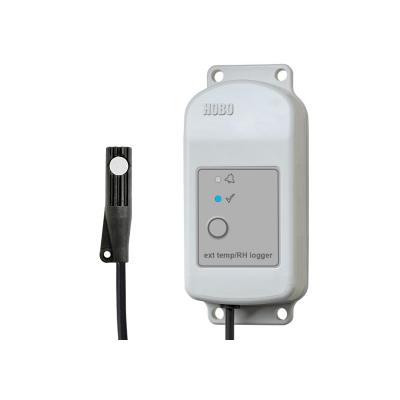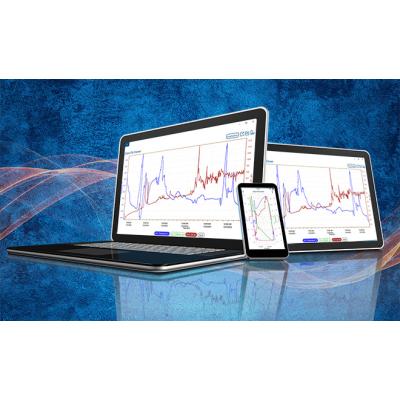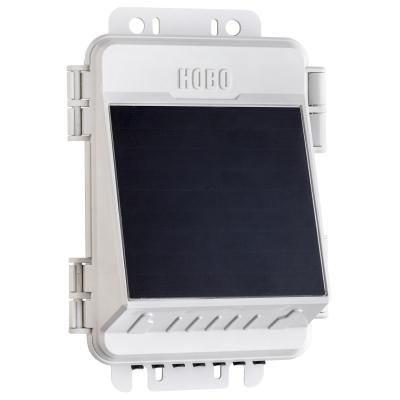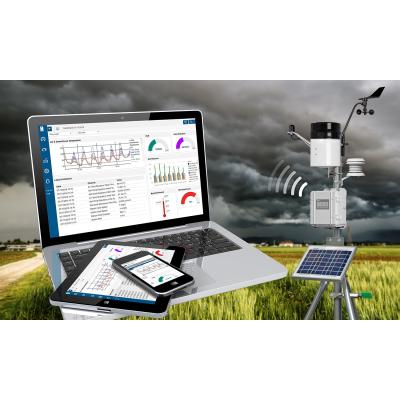
Problem
An international farmland developer needed to learn about the variations in microclimate conditions across several new sites that were being developed for agriculture. In order to optimize crop planning, he knew he needed an easy way to monitor conditions at several points on these farms, so he could understand the temperature changes throughout a typical year, as well as frost risk and chill hours. With this knowledge, he could then make informed decisions about crop types and specific growing areas – such as planting cold-hardy crops in locations that are more susceptible to frost – and yield the highest, most consistent profits year to year. After researching other monitoring solutions that were costly and challenging to manage, the developer reached out to Onset for an affordable, user-friendly solution that would provide him with the accurate, reliable data he needed.
Solution
For the farmlands where employees could easily travel to the site to collect data, Onset and the developer determined that HOBO MX2302A External Temperature/Relative Humidity Sensor Data Loggers would be an ideal solution. Several of these affordable, award-winning Bluetooth-enabled loggers were deployed across multiple points at each farm within driving distance. With just a mobile device and Onset’s free HOBOconnect app, users can wirelessly download data when within 100 feet of the logger. At these sites, the loggers were set to record temperature and relative humidity (temp/RH) measurements at five-minute intervals, and employees downloaded the data every two months over one year.
For the farm sites that were not so easily reached, the developer deployed Onset’s HOBOnet Field Monitoring System, a cost-effective, scalable solution for web-enabled monitoring of field conditions. The HOBOnet system, with the low-cost, rugged HOBO MicroRX station as its core component, provided the same temp/RH data being recorded at five-minute intervals, but employees were able to access the data remotely, via Onset’s HOBOlink cloud software. And with automatic data uploads to HOBOlink every hour, they were able to view the data in near real time throughout the one-year monitoring period.
Results
In both cases, the farmland developer’s team used the temperature and relative humidity data to create a profile of growing conditions for all microclimates at each farm. Crops were then selected that best fit each microclimate. Permanent crops were placed in many of the microclimates, while rotating crops were grown in other microclimates. For the latter, temperature measurements were used to calculate chill hour and growing degree days data, to determine optimal timing of planting and harvesting. This resulted in an improved ability to time harvests around peak demand seasons, such as the holidays.
Products Used
HOBO External Temperature/RH Sensor Data Logger
To measure and record temperature and relative humidity data at farmlands under development
MicroRX Station
To remotely monitor temperature and relative humidity data at farmlands under development



